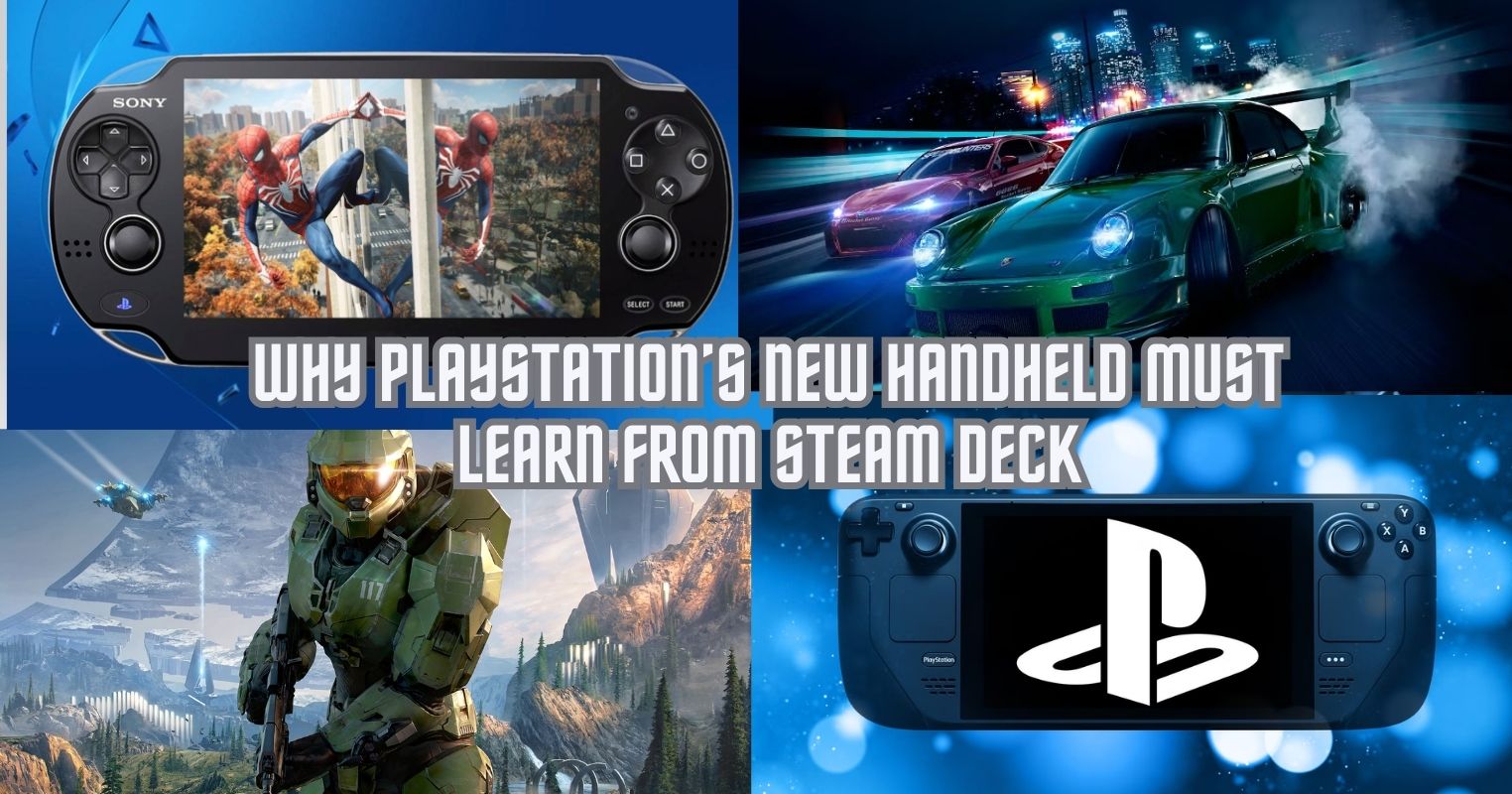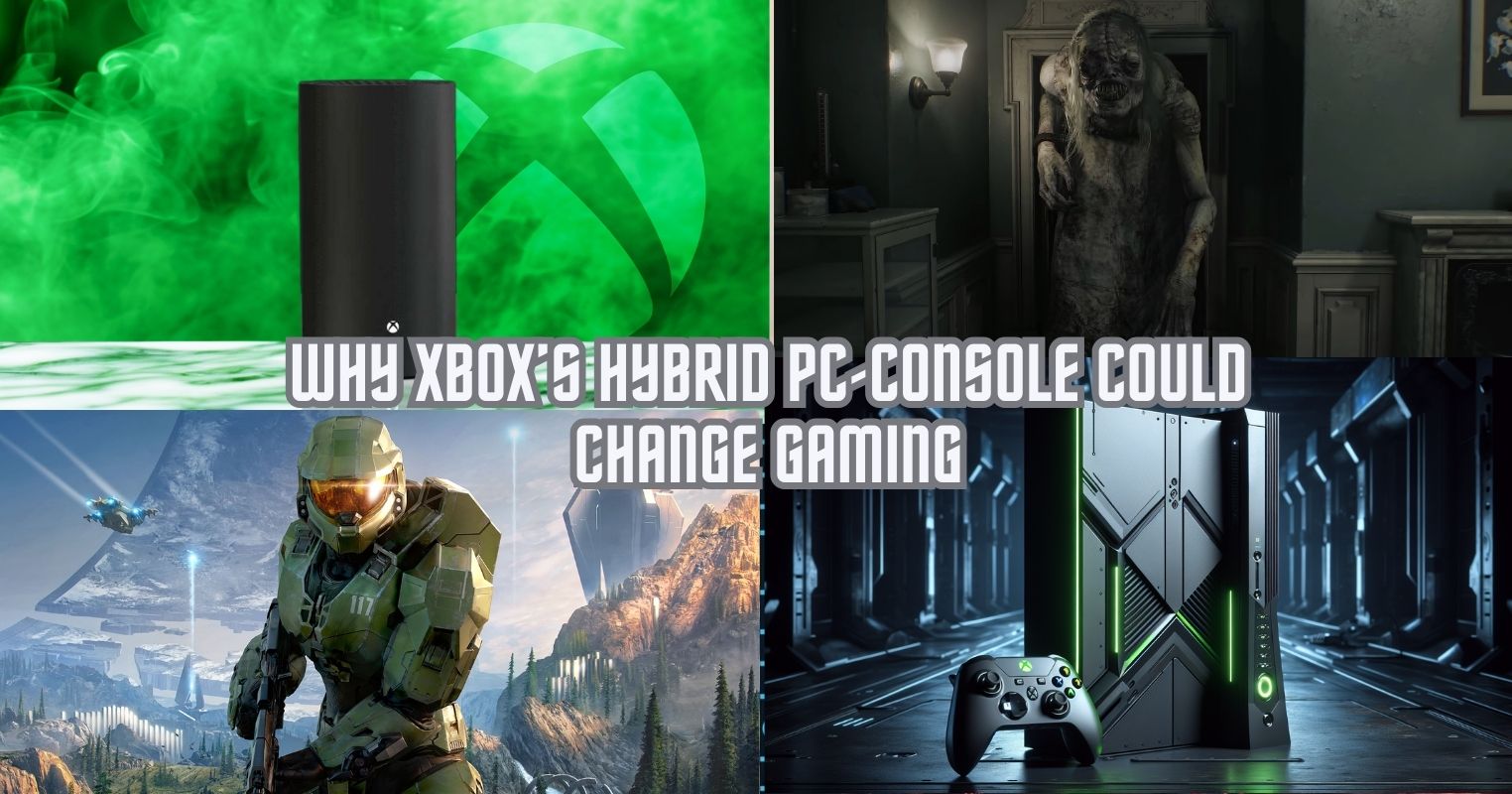- Fighting games have failed to pull in a bigger audience despite three massive releases within a single year.
- Recently launched titles have been bogged down by aggressive microtransactions.
- The subgenre of 3D fighters is also dying, with Tekken being the only big IP keeping the genre alive.
Fighting games were on track to go through a period of renewed interest last year. With Tekken, Mortal Kombat, and Street Fighter releasing new entries within 12 months, there was hope for a burst of excitement in the genre.
What was once considered to be the beginning of this genre’s renaissance, however, failed to deliver. This failure leads me to the question: where did all three releases go wrong? Perhaps fighting games are just not as popular as I thought.
Why it matters: For a genre that pioneered the way for e-sports and competition in the industry, fighting games have been unable to grow beyond their core audience.
The Learning Curve
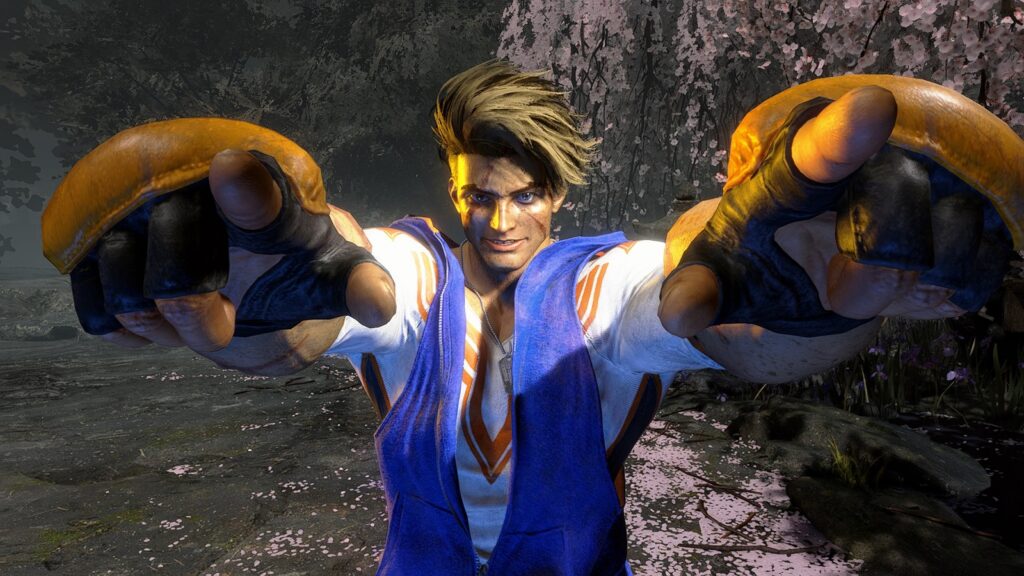
The problem with the genre lies at the core. While the recent entries in long-running franchises are by no means bad releases, there is a huge gap in skill between new and experienced players, making it difficult for newcomers.
It’s hard to master different combos, learn the nuances of each title, understand character matchups, and more when you’re starting out. A very steep learning curve for new players makes it challenging to get into this genre.
Street Fighters 6 tried to remedy this problem by launching an innovative control scheme. Modern Controls attempted to eliminate the execution barrier, offering three essential inputs: light, medium, and heavy attacks, with the fourth for special attacks.
However, this addition became controversial since the fighting game crowd is used to mechanical complexity. Tekken 8 attempted to introduce a similar control scheme to little avail.
It also came with toned-down movement and tools like Heat that required a single button press. Such changes, while helpful for beginners, did not do much to address the overall complexity associated with titles in this genre.
In my opinion, this is part of why fighting games remain niche today. Developers have not been able to figure out how to lower the skill barrier without compromising the core experience.
3D Fighting Games Are Dying
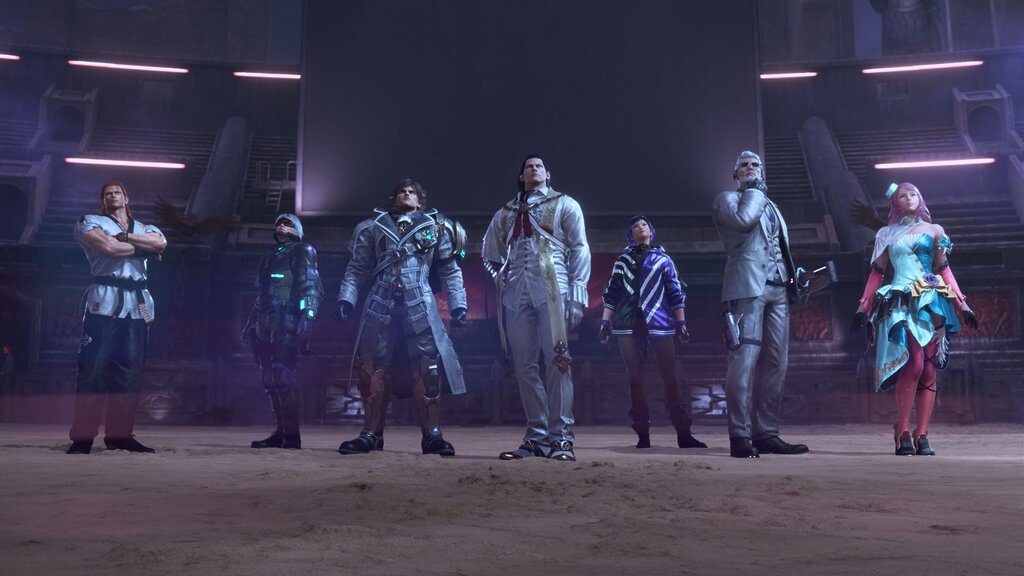
While 2D fighters may have a bright future ahead of them and can endure these setbacks, the same cannot be said for 3D fighters, a genre suffering the most among fighting games.
This subgenre would be abandoned if it weren’t for Tekken since there is practically no other competition. Dead or Alive, Virtua Fighter, and Soul Calibur, all of the once beloved franchises, are more or less dead and buried.
3D fighters don’t seem feasible enough for developers to justify the significant expenses of animation and development. This is why we don’t see studios other than Bandai Namco delving into this genre.
Ubisoft attempted its own take on 3D fighting games with For Honor, but this release could not break into this seemingly empty market. In fact, had it not been for Tekken 7, Bandai Namco’s own franchise would have joined the list of forgotten 3D fighter IPs.
Elsewhere, anime adaptations have chosen to stick with arena fighters, but these titles are rarely worth talking about, with even the latest Naruto Storm entry being an utter failure.
Microtransactions And Fomo
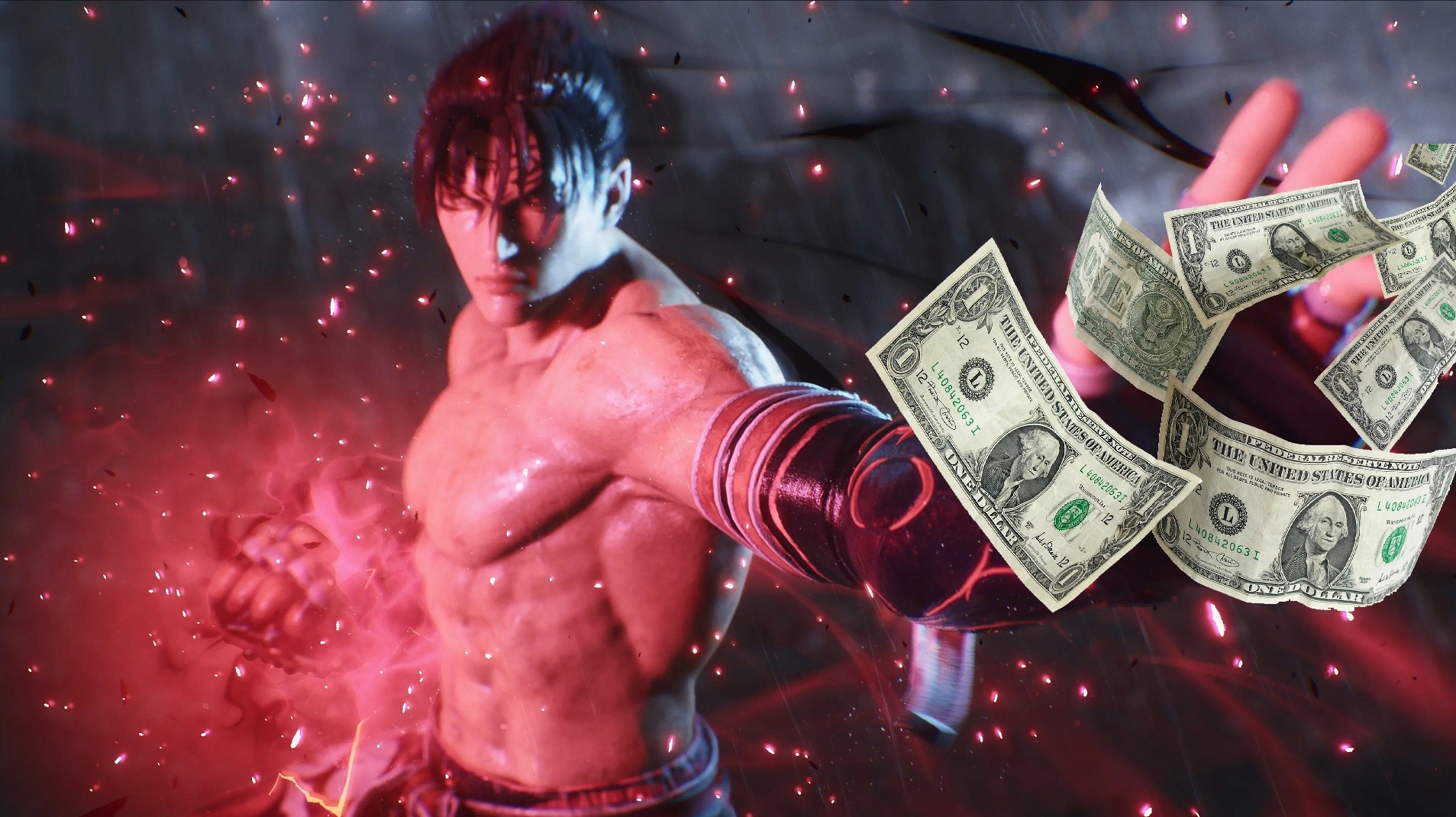
Gone are the days when we had to grind to unlock all the additional outfits and bonuses. The industry has become so money-hungry in the past few years that fighting games have become a prime target for microtransactions.
Consider Tekken 8, for instance, which has become underwhelming over the recent months. Bandai Namco has flooded it with microtransactions on top of an existing battle pass. This has led to a worsening reputation, with players resorting to review-bombing.
Street Fighter 6 and Mortal Kombat 1 are no exceptions, either. The former can ask for more than $20 for basic costumes, and unlocking all colors for such costumes can cost more than the game itself in various cases.
On the other hand, Mortal Kombat 1 has sold basic fatalities for as much as $17, continuing this tradition. Microtransactions are more prevalent across all three IPs today than they’ve ever been.
These factors ultimately hurt an already small player base. While new players may already be dissuaded from trying fighting games due to the learning curve, the new focus on microtransactions does little to help.
Fortunately, with upcoming releases like 2XKO and Fatal Fury: City of Wolves, all hope is not lost. I wish to see the genre reaching new heights in the future, with more developers taking an interest in the unique strengths found only in fighting games.
Thank you! Please share your positive feedback. 🔋
How could we improve this post? Please Help us. 😔
[Staff Writer]
Shaheer is currently pursuing a Business degree while also working as a part-time Content Writer. With his deep passion for both writing and video games, he has seamlessly transitioned into a role as a Journalist. Over the past two years, Shaheer has contributed as a freelancer to various websites and landed positions on acclaimed platforms like Gamerant. Currently, his role at Tech4gamers is as a Features Writer, but he also covers News occasionally. Shaheer’s favorite gaming franchises are Assassin’s Creed and the God of War series.
Get In Touch: shaheerzahid03@gmail.com


